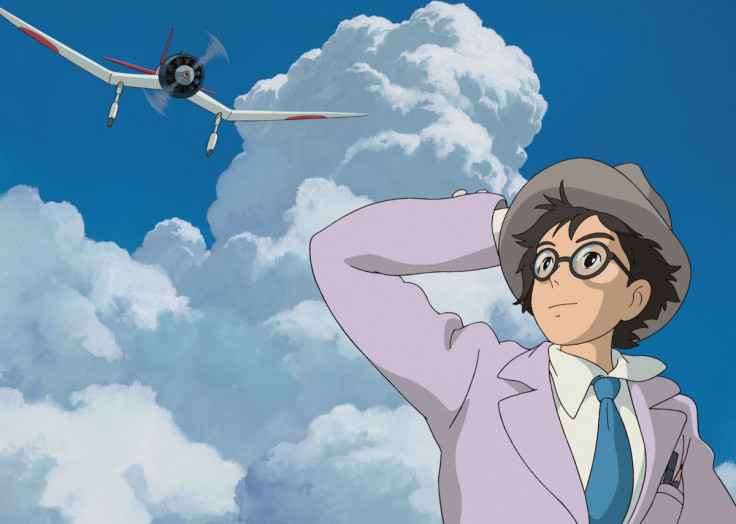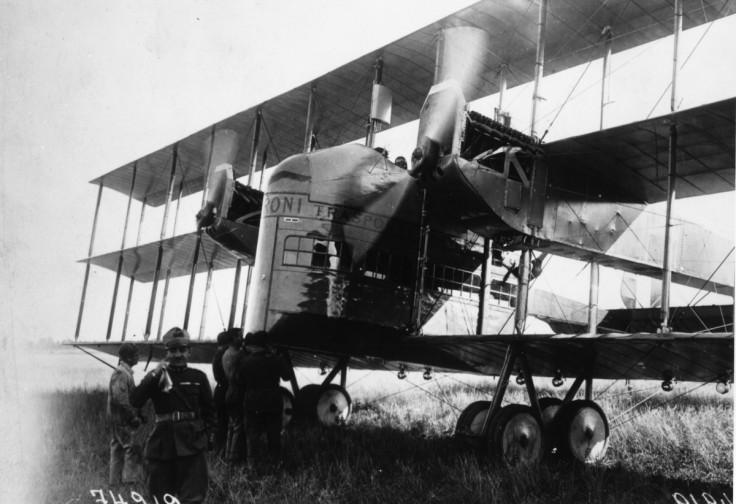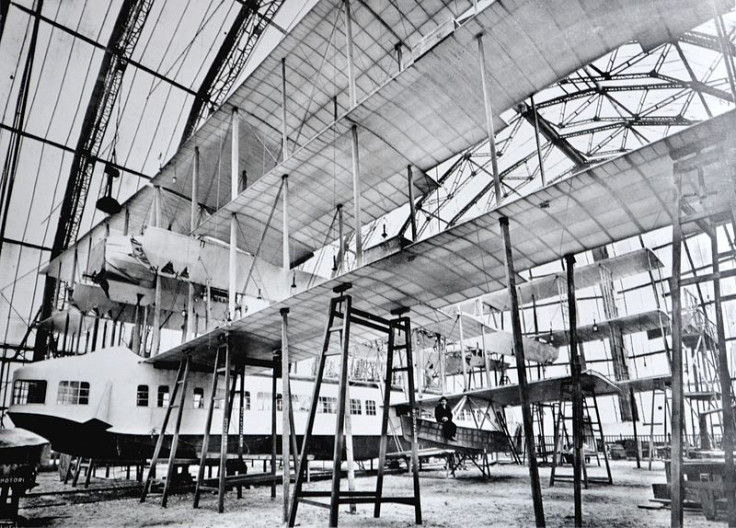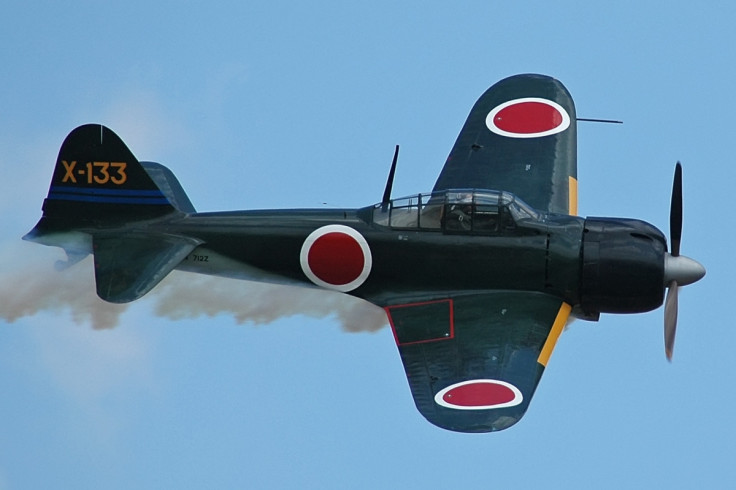Hayao Miyazaki's The Wind Rises: The WWII Fighter Planes that Inspired the Animation Master

Historical WWII airplane animated feature film The Wind Rises is finally out in UK cinemas after achieving international acclaim and being nominated for over 40 awards.
Acclaimed film director Miyazaki's career has spanned six decades and the works from his animation firm Studio Ghibli have become a major influence in cinema history.
Miyazaki's passion for historic aeroplanes and flying has filtered into almost every single animated film he has made and his Studio Ghibli is named after the Italian Caproni Ca.309 Ghibli World War II fighter, so it is not surprising that he has chosen to pay tribute to not one, but two aerospace legends in the final film of his career.

Paying tribute to Gianni Caproni
The Wind Rises tells the fictionalised biography of Jiro Horikoshi, the chief engineer behind many Japanese WWI fighter planes, on his journey to build a plane that could match the West's more advanced technology.

The film jumps between Horikoshi's life and his dreams, where he meets his idol, the Italian airplane designer Gianni Caproni.
Caproni built the very first aircraft in Italy and many planes during the two world wars, but was later forced into hiding by anti-fascists at the end of WWII and condemned as a war "collaborator".
Today, his work is preserved at the Gianni Caproni Museum of Aeronautics in Trento, Italy.
In 1992, Miyazaki released Porco Rosso, a film about a former WWI Italian fighter pilot whose emotional baggage turns him into a pig.
Beautiful, cursed flying dreams
The film featured several fighter planes that bore a resemblance to Caproni's designs, and after watching the film, Caproni's grandson was so moved that he sent the Japanese director two books containing blueprints and photos of Caproni planes.
"My grandfather, Horikoshi, and director Miyazaki are all similar in that they are professional and are very fond of creating something," Italo Caproni told Japanese newspaper Asahi Shimbun.
"After the end of World War II, the existence of my grandfather was denied," he said. "I thought director Miyazaki understands my grandfather better than Italians do."
Miyazaki, who wrote the film's screenplay, has always been very anti-war. To that end, the film eludes to Japan "blowing up", yet skirts assigning blame to Japan for its decision to join the war.
Instead, it focuses on the airplane designers' love for designing aeroplanes and doing their best in an uncertain time, even if their planes ended up being "beautiful, cursed flying dreams".
Caproni Ca.5
At the beginning of the film, young Horikoshi reads an avionics magazine and dreams about Caproni, who shows him around the Caproni Ca.5 triplane.

The Caproni Ca.5 depicted by Miyazaki in The Wind Rises is an airliner conversion from surplus Caproni Ca.44 heavy bomber triplanes.
Built towards the end of WWI, the plane was part of the Ca.5 series meant for heavy night bombing, with wings built from wood covered in fabric. It featured three engines and could carry four crew members – two pilots, a front gunner and a rear gunner-mechanic.
Caproni Ca.48
A few years later, Caproni shows Horikoshi his attempt to make the first consumer aircraft by converting one of his heavy bombers. In Horikoshi's dream, Caproni's family and employees enjoy riding the plane.

The Caproni Ca.48, built in 1919, had a double-deck passenger cabin for 23 passengers mounted between the booms, split between an upper and lower cabin with large windows on the sides. Sadly, although the plane was popular at airshows, it crashed on its maiden flight, killing 14 passengers.
Caproni Ca.60
As a young engineer with Mitsubishi, Horikoshi dreams about Caproni watching the maiden flight of the Caproni Ca.60 Noviplano, a nine-wing flying boat prototype for a 100-passenger trans-atlantic airliner.

Built in 1921, the boat only reached a height of 60m before diving and crashing into Lake Maggiore in Italy. Caproni had it towed to shore and swore to rebuild it, but much of the plane burned to ashes that same night.
Mitsubishi A6M Zero
After several failed attempts at building a prototype for the Japanese Army, in 1940 Horikoshi finally succeeded in building the Mitsubishi A6M Zero, a plane that was faster, lighter and able to fly a longer range than any other plane at the time.

Built from a new top-secret aluminium alloy, the plane featured self-sealing fuel tanks, together with high-lift, low-speed wings with a very low wing loading, which enabled phenomenal maneuverability, meaning that the plane could out-turn any Allied fighter plane. The plane flew from 1940-1945.
© Copyright IBTimes 2025. All rights reserved.




















